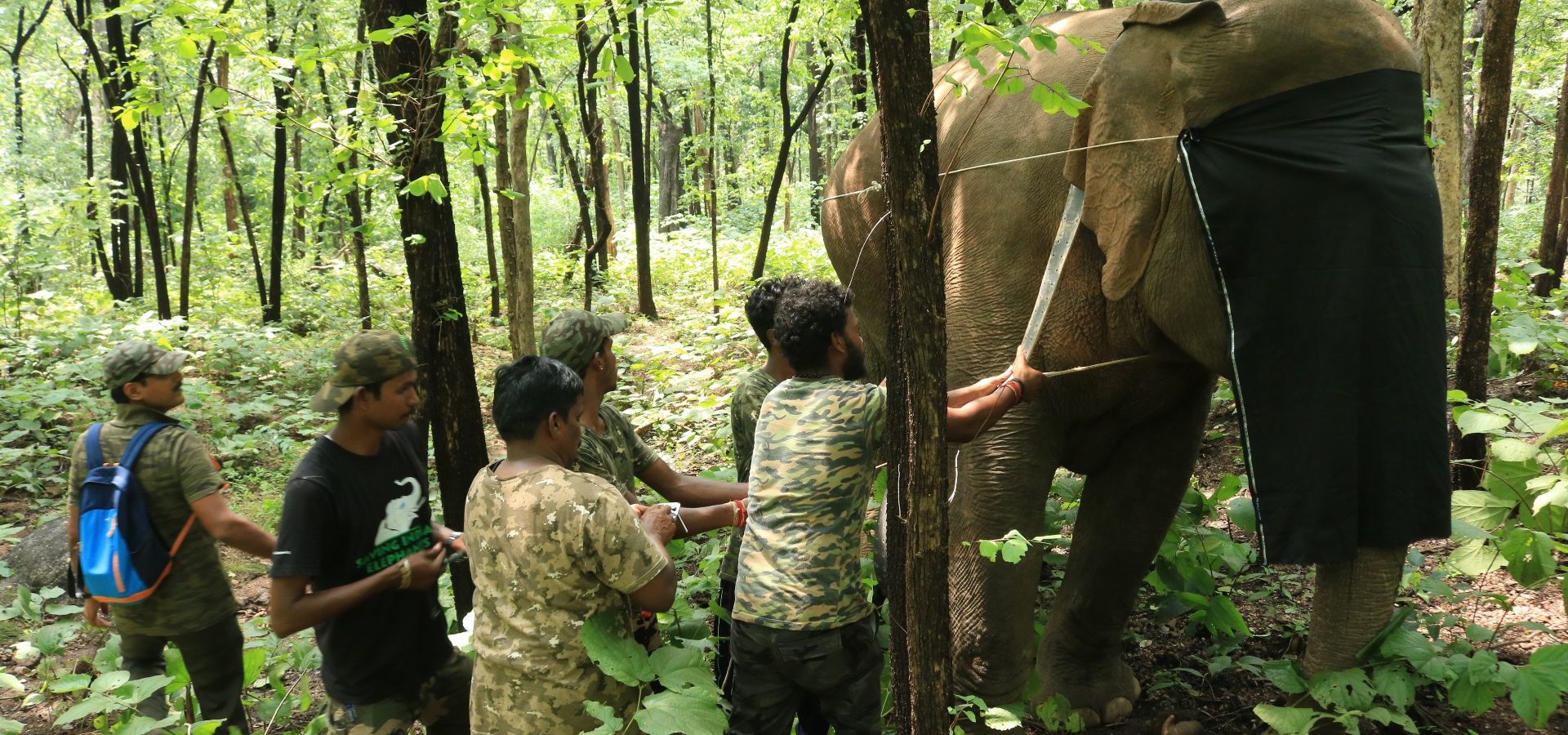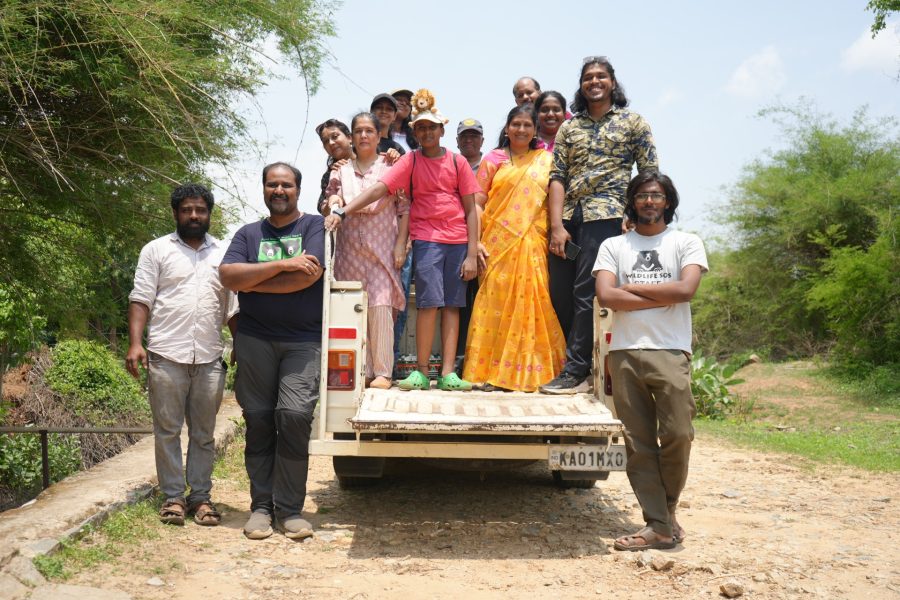With an expanse of dry, deciduous forest intertwined with evergreen sal and peepal trees, the breathtaking landscape of Chhattisgarh serves as the ideal habitat for a thriving wild elephant population. The forest ecosystem also supports a healthy sloth bear population due to the rocky terrain and natural caves that provide shelter from predators.
Wildlife SOS has been running a project on human-elephant conflict mitigation in Chhattisgarh for the past two years. A herd of 22 elephants has called the Mahasamund forest division their home, but their increasing interaction with the local communities created a hotbed for conflict and chaos in the region. To combat such human-elephant encounters by means of a more holistic solution, the Chhattisgarh Forest Department and Wildlife SOS installed a GPS radio-collar on the matriarch of the wild elephant herd to be able to assess their exact location.
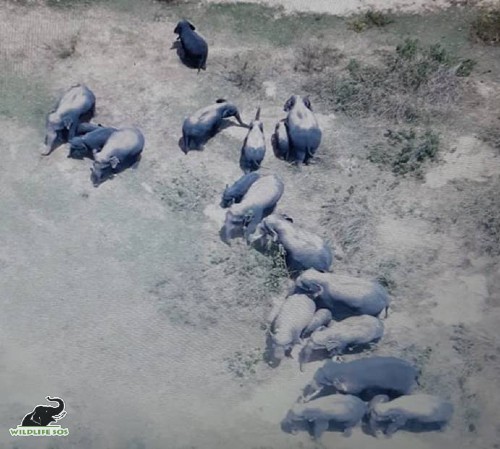
Ever since the successful radio-collaring of the matriarch of this herd, the conflict in the area has seen a stark decline. There are proper conflict mitigation measures that have been introduced in the area for people to avoid direct interaction with the elephants. There is an Early Warning Alert System (EWAS) that has been established, which sounds an alert every four hours with the exact location of the herd and the route they are following. This gives the Forest Department and our team present on the ground the time window to alert the villagers.
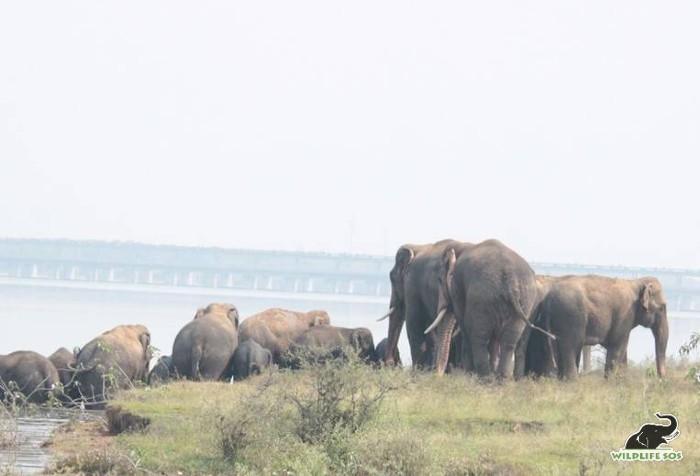
The local communities are educated and trained on avoidance behaviour with wild elephants — they have learned to make small fires around their habitations, to speak loudly or playing music while out in the fields, and to never venture into the forest alone. In the unfortunate, yet rare, incidents of crop-raiding, there is an immediate grievance redressal system in place to compensate the farmer for the grave loss of property and crop suffered.
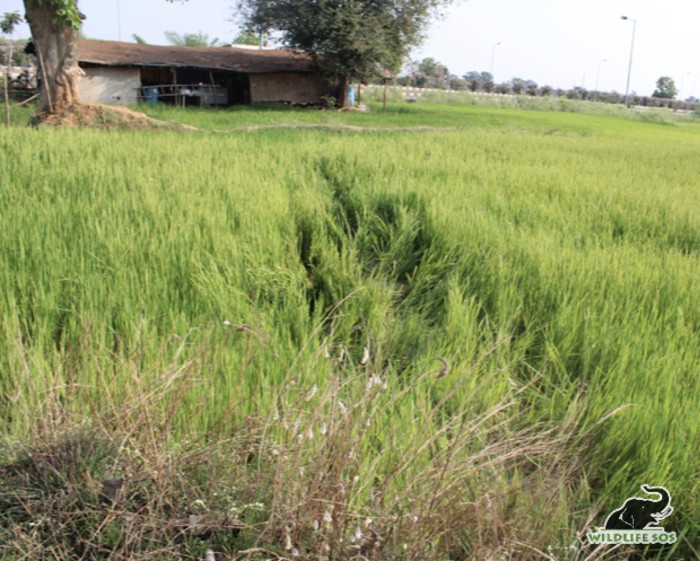
The elephant herd is presently in the Dhamtari Forest Division, around 100 km from the Mahasamund area. The herd often enthusiastically ventures into the cool, swift waters of the Mahanadi river as the temperatures steadily rise on the ground.
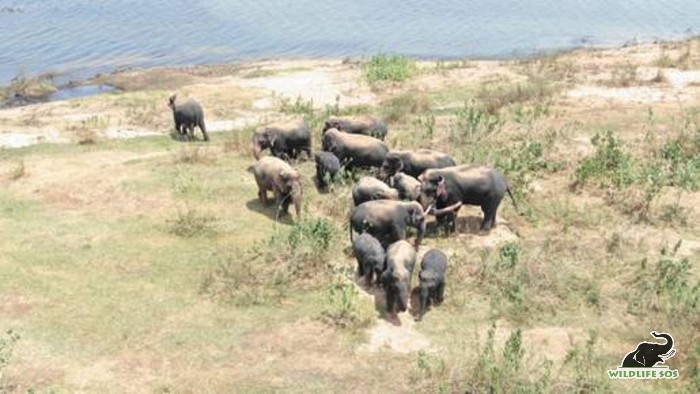
The calves can often be seen playing with each other, and excitedly trumpeting each time they step into the water! Watching these young elephants take timid steps into the new world only strengthens our commitment in the field of elephant conservation in the growing air of conflict and disarray. These calves will grow up to lead the herd and even form their very own, thus continuing the powerful lineage and ensuring the survival of their species in the wild.
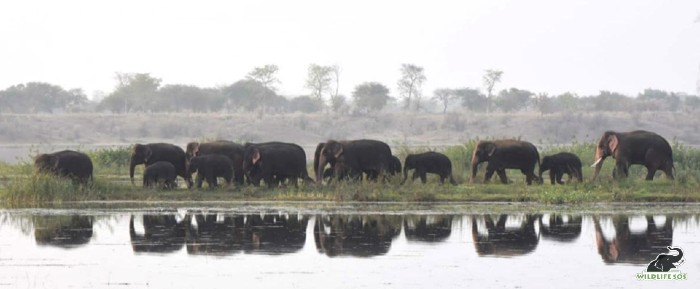
We are thankful to the Tennessee Elephant Sanctuary for extending their support to our project and helping us mitigate conflict in Chhattisgarh! Our work would be possible without the cooperation and patience of the local communities that call Mahasamund their home and who are always eager to find solutions than add to the problem. We also extend our gratitude to the Chhattisgarh Forest Department for their effort and hard work in conflict mitigation measures.

